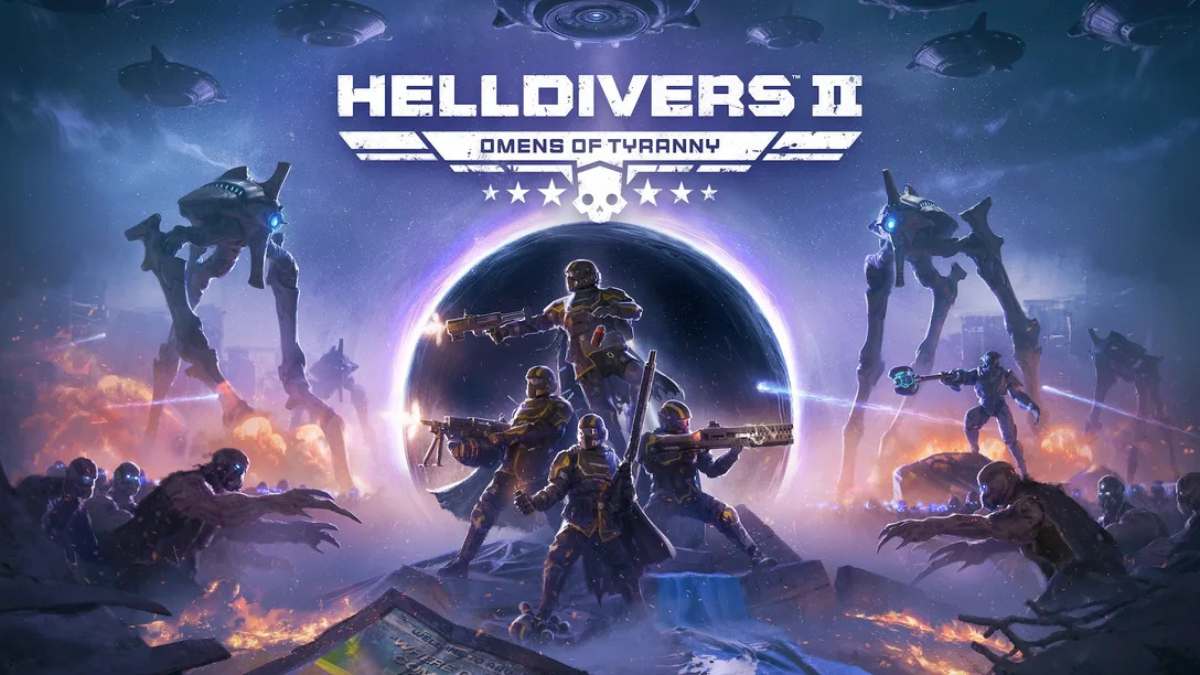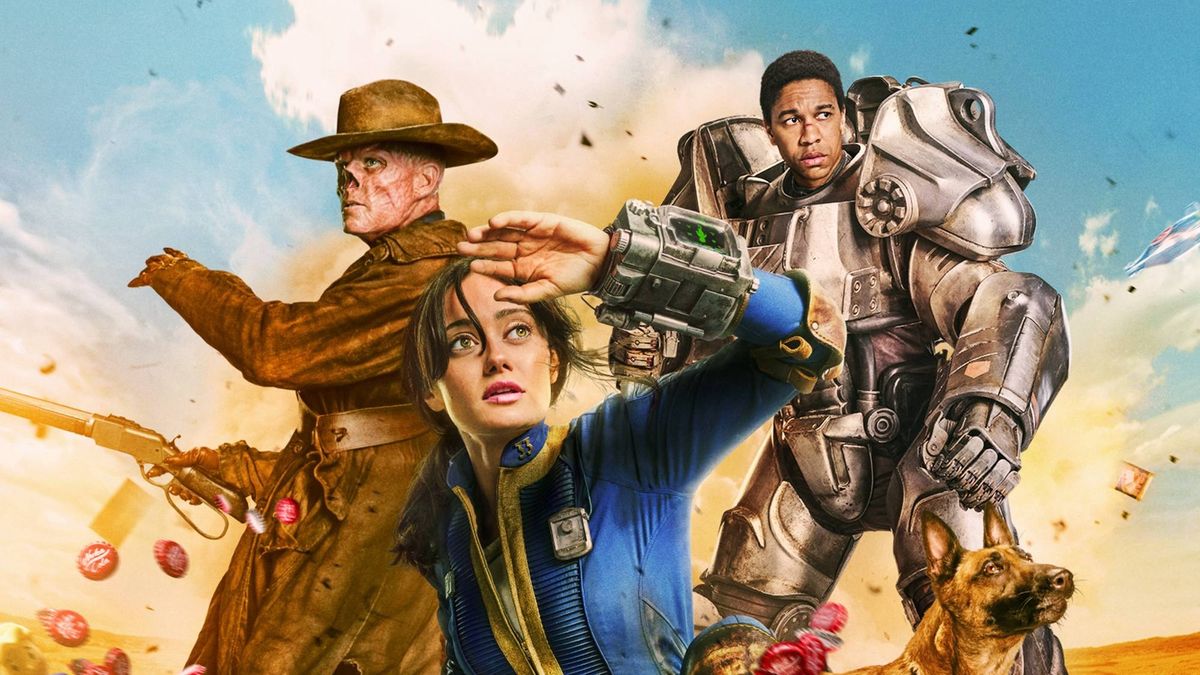The Nintendo “Seal of Quality” is supposed to assure customers that the game they’re looking at was definitely not made by a team of shaved gorillas in the span of an afternoon. However, as anyone who played Superman 64 will tell you, that doesn’t actually count for much. Games bearing Nintendo’s own logo always fare better when it comes to minimum quality, but with a company this prolific, that minimum quality is going to be encountered more often than one would hope. This is particularly true of under-the-radar releases, such as Dillon’s Dead-Heat Breakers – a game with so little notability that I didn’t even know it was the third game in a series until I looked it up.
The name Masahiro Sakurai is absent from the credits of Dead-Heat Breakers, which seems conspicuous, because the games I find it most comparable to are Kirby Air Ride and Kid Icarus: Uprising. The first because it feels like an attempt to shrink established gameplay down to almost a single button, and the second because its entertaining parts are spaced out with hours of administrative junk. Except the simplification in Air Ride was merely a gateway to a fast-paced, colorful extravaganza, whereas here, everything is dead simple for its own sake. Additionally, unlike with this game, the entertaining parts of Uprising were actually entertaining.
My guess is that the excessive simplification was done out of a sense of necessity; the gameplay is divided into so many unconnected categories that fleshing them out was probably thought to be overwhelming. The primary gameplay is a mixture of tower defence and action-adventure. Players assign gunners to protect a handful of bases in each level while rolling around as the anthropomorphic armadillo Dillon and taking on enemies directly. The touch screen is also used to command another anthropomorphic animal based on the player’s Mii around the battlefield. Then, as the enemy numbers dwindle, they shift to wheeled forms, and suddenly you’re playing Baby’s First Vehicular Combat.

I’m always adamant about drawing a distinction between streamlining and dumbing down, but Dead-Heat Breakers is definitely all about the latter. There are only four types of gunners available, one of which is blatantly outclassed by the others. Gunners can gain experience, but higher levels only increase attack damage, providing no additional depth. The player’s “Amiimal” only has two settings: “go to a place,” and “don’t go to a place.” Dillon’s abilities aren’t much better. 90% of his combat actions are performed by pressing and releasing the A button with different rhythms, and the primary difference between them is whether they favor power or loot drop frequency. The combat doesn’t even really change during the “driving” sections, since Dillon’s method of transportation is already high-speed rolling.
If that was all there was to it, the game would be merely underwhelming. But there are two other preparatory phases to each level that make the whole package interminably boring. Just before a showdown, players are allowed to freely explore the area, collecting resources, reinforcing barricades, and charging the energy of their squad’s weapons. There’s absolutely no joy to be extracted from any of this, unless the idea of a checklist that never ends sounds like a good time to you. It’s also awkwardly indecisive; most of the tasks can just be done once the siege starts if you feel like handicapping yourself, and weapons starting with less than 100% power feels like pointless artificial difficulty, but their charge rarely drops an appreciable amount in combat anyway.
Prior to that is what I like to call the fundraising phase of each in-game day. It turns out that hiring gunners and upgrading the protagonists’ equipment (which only increases damage output, naturally) can be quite expensive, so the player’s Amiimal spends their downtime performing odd jobs for the necessary cash. The genre splinters further here, as these jobs take the form of a handful of minigames, including a time trial racer, a cookie-cutter top-down shooter, and the shallowest management simulator ever devised. Ironically, some of these tasks are actually more fun than the combat that’s ostensibly the game’s main draw, because they’re usually relatively immediate. The exception is that management one, which is just insultingly banal.

While they’re probably to blame for sanding off any semblance of challenge here, the importance of in-game currency makes the fact that Nintendo is the publisher a great blessing. Plenty of resources and meters need to be constantly refilled, a number of which shouldn’t need to be bought in the first place, and the fractured gameplay is seemingly composed entirely of last-minute additions that only exist to offer monetary rewards. From this, it’s easy to conclude that the game was developed with excessive microtransactions in mind, until someone either realized microtransactions are awful or, more likely, that Nintendo doesn’t really do them for whatever reason.
Though it’s not immediately apparent, the publisher’s presence is felt throughout the affair. The abundance of characters based on Miis is their most obvious footprint, since Nintendo is still convinced that people care about those things even when their art style clashes with the rest of the product. The company also brings its characteristic clean production values to the table, albeit put through the filter of its lowest development tier. Thus, the level design is mainly economical, and the soundtrack is forgettable but never annoying. The sound effects somehow escaped notice, however, as they’re nothing but annoying.
Nintendo is likely also the reason the game’s story is a bewildering non-entity. The intention was probably to tell a Zelda-style distantly connected re-imagining rather than a direct continuation, as the setting has jumped to the post-apocalypse instead of a fantasy Western, and several characters have disappeared without a mention. The player’s Amiimal is introduced fleeing from the now-extraterrestrial Grocks, which have uniquely captured their village rather than merely raiding it. After partnering with the mercenary duo of Dillon and Russ, the trio takes on defence missions as a means of acquiring parts for a weapon strong enough to punch through the shield erected around the village. Not a bad premise, but apparently no one told the development team that the plot would be an afterthought.

A huge chunk of the running time is composed of slow, patronizing dialogue that often speculates about subjects – the catalyst behind the end of civilization, the politics of world, and the motivations of the Grocks – that are never addressed. Others have stated that the franchise has quite the following among the furry fandom, which is more pertinent than you’d think, because furry culture is inexorably linked to fanfiction and everyone’s favorite ill-defined trope, the Mary Sue. In this case, the culprit is the title character, an invincible hero famed and beloved by everyone in-universe despite never speaking, because he’s just too cool for that. Needless to say, Dillon’s presence becomes exhausting very quickly.
One could never accuse Dillon’s Dead-Heat Breakers of being unambitious – even though it reuses a lot of its predecessors’ features, there’s still nothing else quite like it – but its ambition only takes it so far. It’s got a really crazy genre combination, which is something I’m always interested in, but that designation usually implies that the genres are going to be combined, not just exist in the same game. Without a worthwhile story, immersive world, or inherently engaging mechanic, it could only hope to be a well-made time waster, and it still misses that mark, as its scattershot design creates only anemic gameplay that can be performed in your sleep.
This review is based on the 3DS version of the game. A copy was provided to us by Nintendo.





Published: Jul 27, 2018 12:00 pm